An undeveloped, anecdotal theory about RTS and player age
By Aon 0 Comments
As I've spent the last few hours pouring over academic papers under duress, I feel the need to mention up front that this is based on totally anecdotal evidence and to a large degree, my own changing tastes over the years. I'm probably at least as wrong as I am right, if not more so.
When I was young, when apparently, we were all young, we played RTS in a very particular way. Quite possibly because of the difficulty in setting up online games, or indeed the impossibility for some, between the ages of 5 and 10, we only played against the AI. We built grand cities in Red Alert and Age of Empires, complete with tower defense-esque mazes of walls and gates. Our armies never left the base prior having maxed out the population count and been upgraded to the very end of the tech tree. At the same time, juxtaposed against all these grandiose palaces and armies, we'd never think to build two barracks or stables.
Why could you possibly need more than one building that builds chariots?
As children, we are inherently insecure, as the world is a place for adults. We don't have any power. So when we play a RTS, we need the unbeatable mega-army. Additionally, as a child, just about anything you build feels like a pretty damn worthwhile accomplishment, as you lack any great understanding of how your creation fits into its broader context. At three, it's perfectly OK to have made a cake that's simply a handful of mud and give it to your mother. Why wouldn't she want it?
Any city you build in a RTS as a kid, particularly in Age of Empires where AI driven automatons take on society's various roles and make your city look alive, feels like an accomplishment. Especially if the game tells you it's good because there's nothing left to research or build.
Now it seems like a lot of gamers, having played one of these RTS in the 90s somewhere as a youngster, feels abandoned by the genre now. Between Starcraft II and DOTA, the genre seems hypercompetitive and alien. Starcraft handles a lot like the RTS of your youth, especially since that RTS might have been Starcraft. But the Multiplayer button is more prominent, the entire UI leads towards it. Every online match you play is over by the 12 minute mark, there's no chance to build Carriers and load them up with a full complement of ships.
The genre has become hyper competitive and no longer caters to people like yourself who simply wish to build up a nice big base and army, maybe fending off a few half hearted raiding parties along the way, before overwhelming the enemy.
They don't make 'em like they used to, do they?
My contention, as anyone familiar with argument introduction techniques and basic human tone can probably guess, is that they do still make RTS games much like they did in your childhood. It's you that's changed.
Take for example, Starcraft II, which still has that skirmish mode, still has options that make the AI as poor at defeating you as you remember. It's just as easy to set yourself up on a 4v3, where all your allies are slightly smarter than your enemies. The recent C+C Conquer games, especially Red Alert 3, had a million funny units to build and overwhelm the enemy with and base buildings to spawn them from. Halfway through the decade Supreme Commander was released, which might well be the best "build up like crazy then overwhelm an AI" game that was ever made. In Supreme Commander your armies were SO BIG and you knew that because you could zoom so far out and the bases were massive and intricate while still being hella simple to build.
Hell, in that game you couldn't actually run out of resources, so nothing ever stopped you building that base bigger and bigger.
Except you got bored. As a kid, everything you did seemed amazing, your time limitless. But more importantly you didn't have much context for what you were accomplishing or understanding of the systems you were interacting with. That army felt unique every time.
As an adult, it feels obvious, cheap and fake. We've seen the way humans play the game against one another. The idea that the game is "supposed" to work a particular way creeps into our minds. It cheapens the build up sensation of building up a Lego fort against the most passive AI and then knocking it over.
Of course you built every building, nothing could ever have stopped you. Of course your army rolled over the AI's, it clearly wasn't trying.
It's kind of cute the first time you do it. It's nostalgic. But you don't want to do it again. There's no unknown element, no chance of having a new experience. It's Solitaire without shuffling the deck, having rigged it so you'll win.
As the rerelease of Age of Kings demonstrates, the game really hasn't changed. I have.

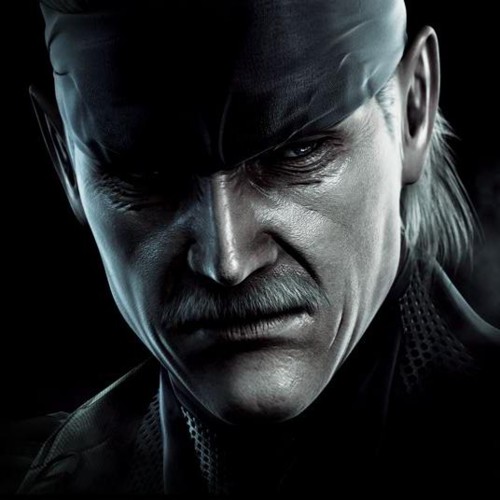
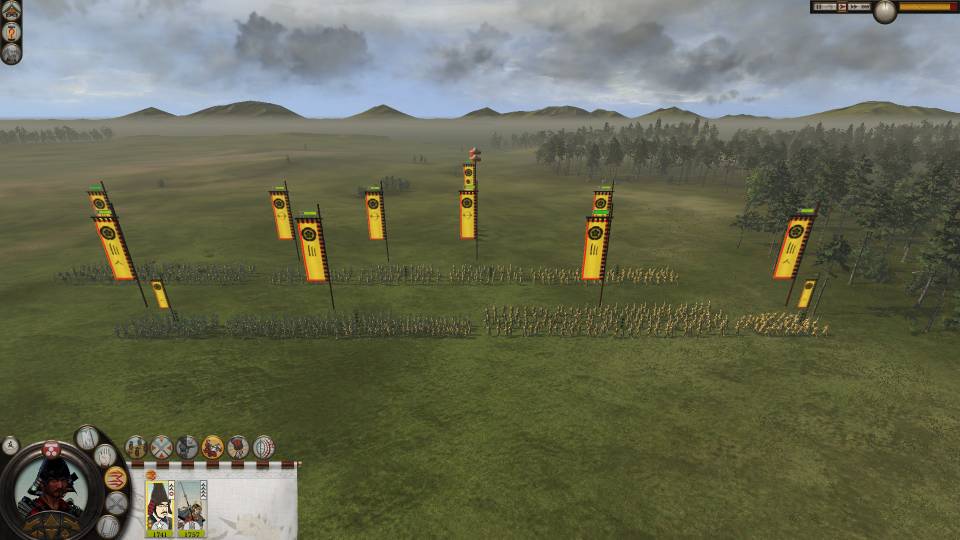
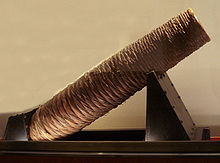
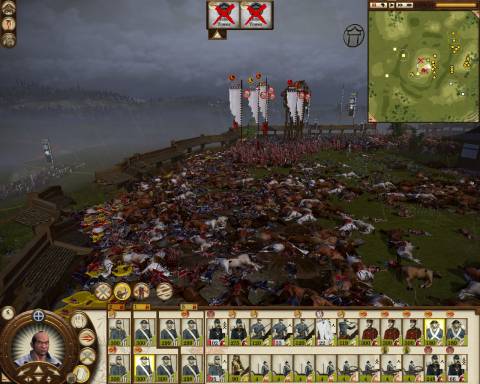
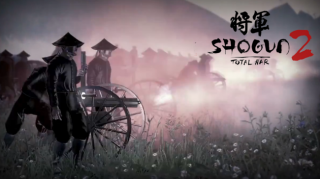
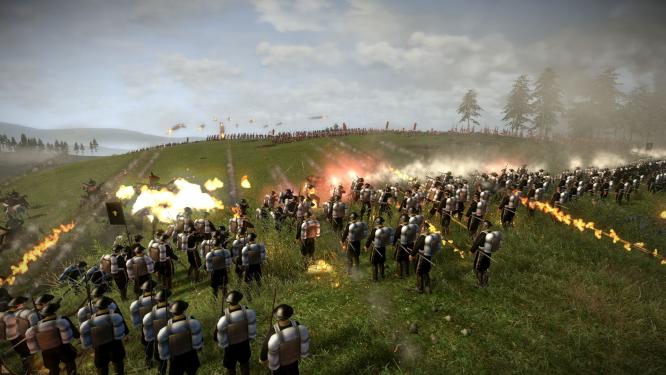
Log in to comment